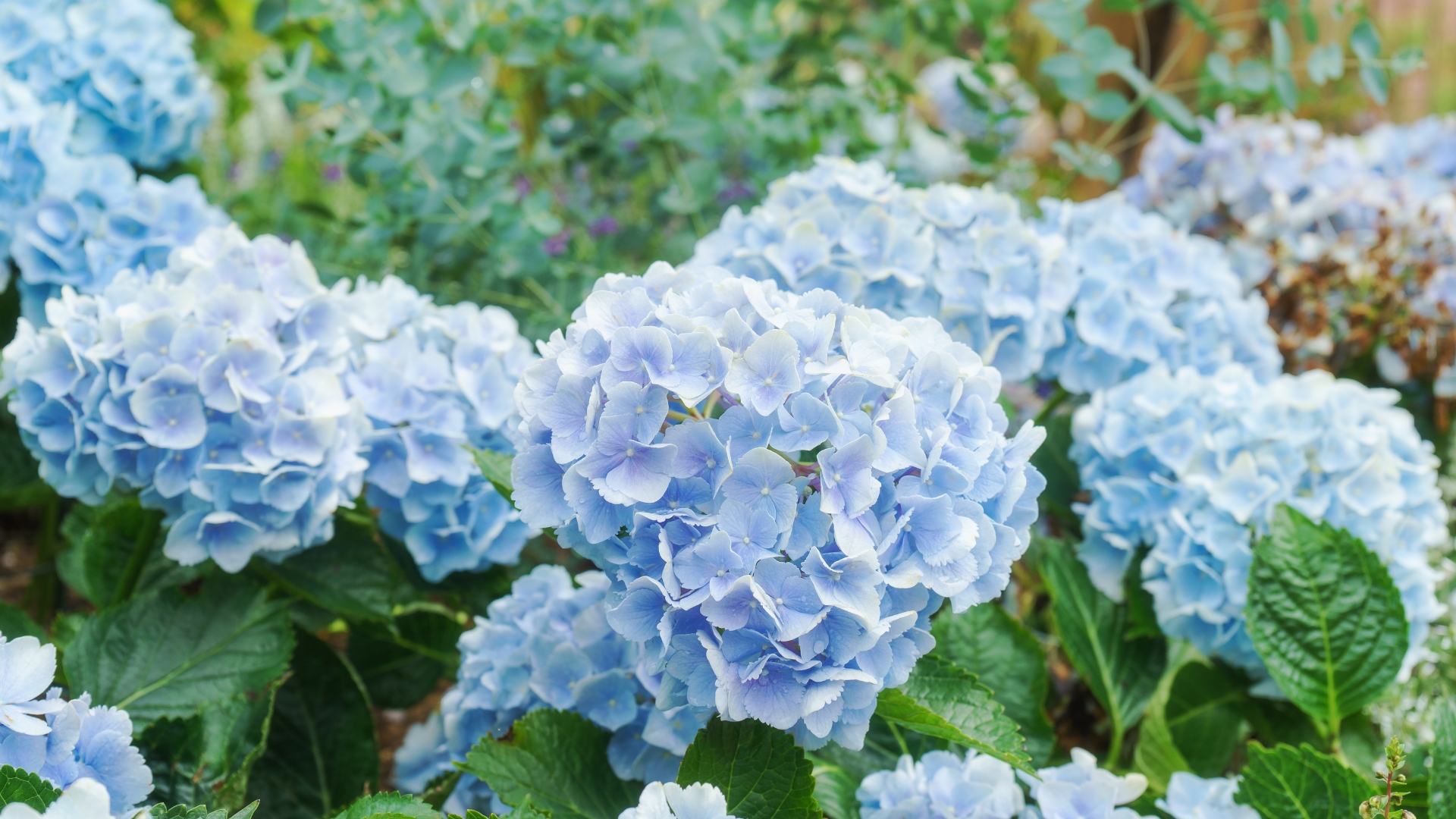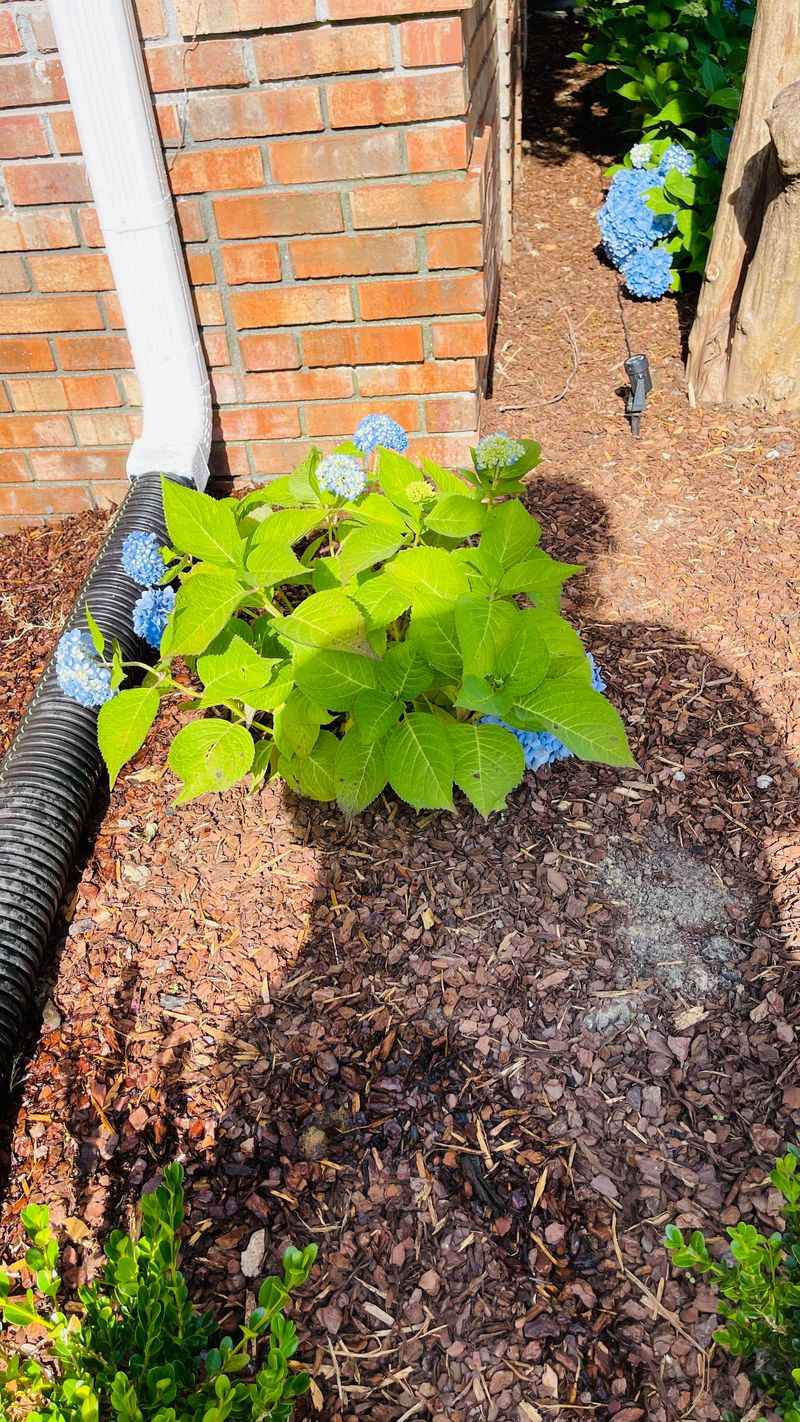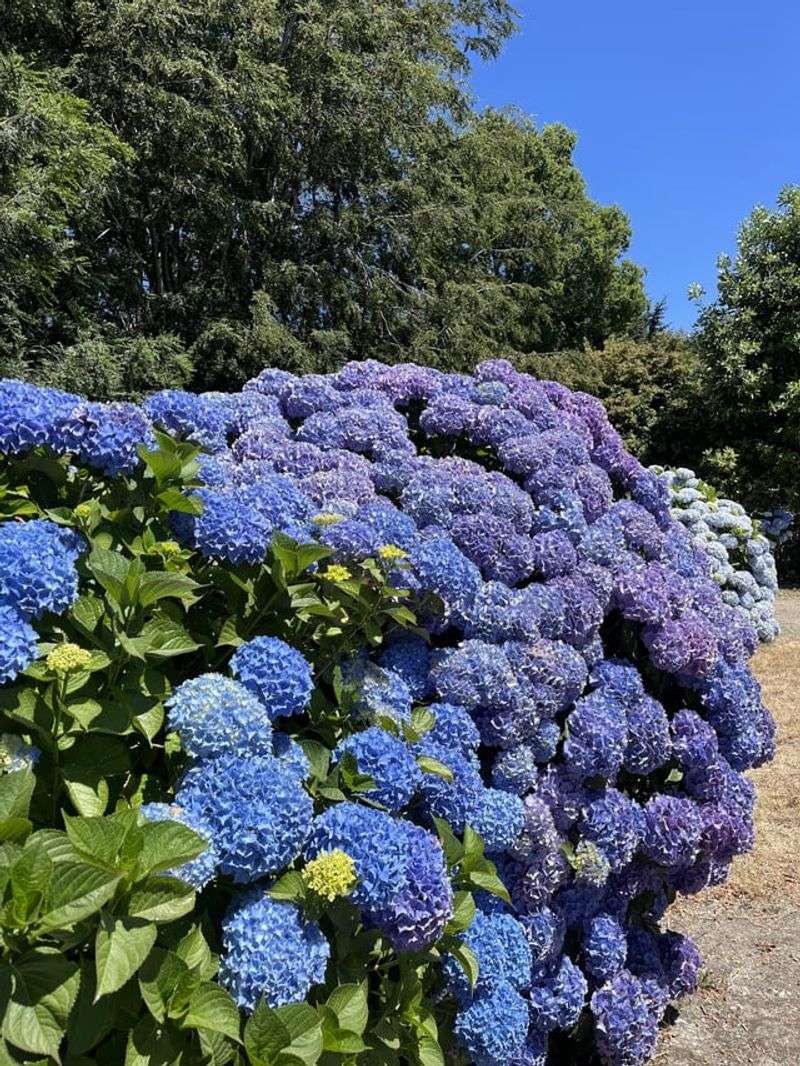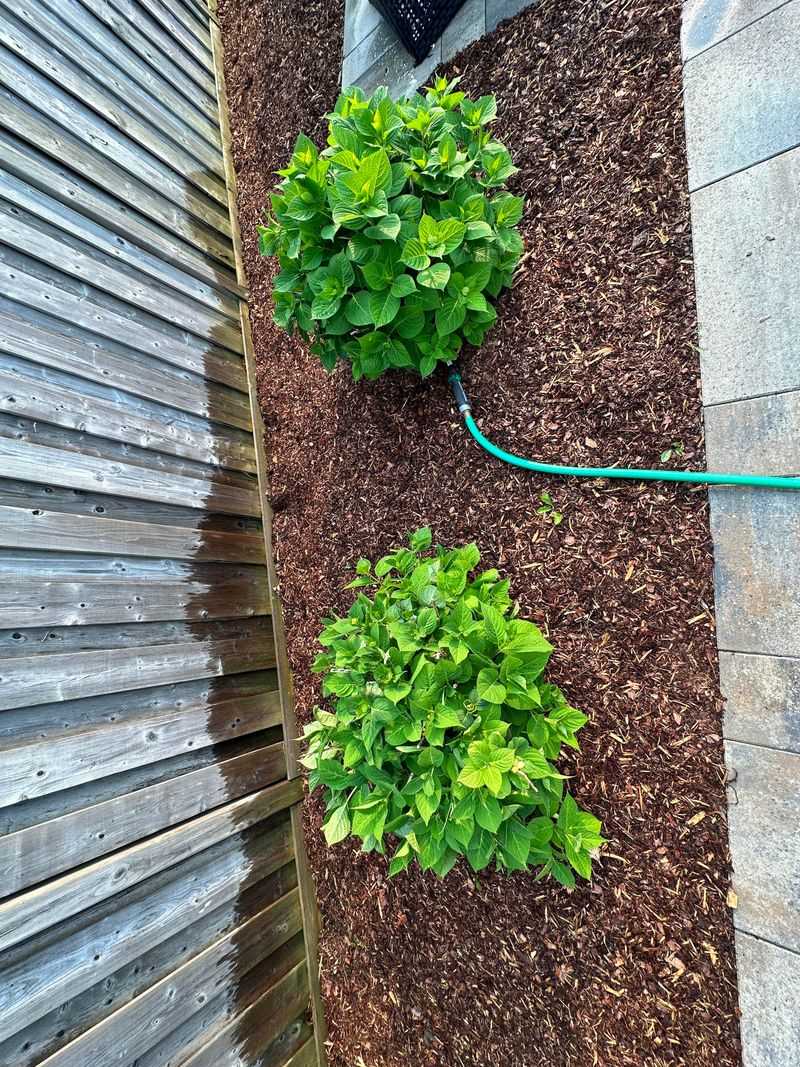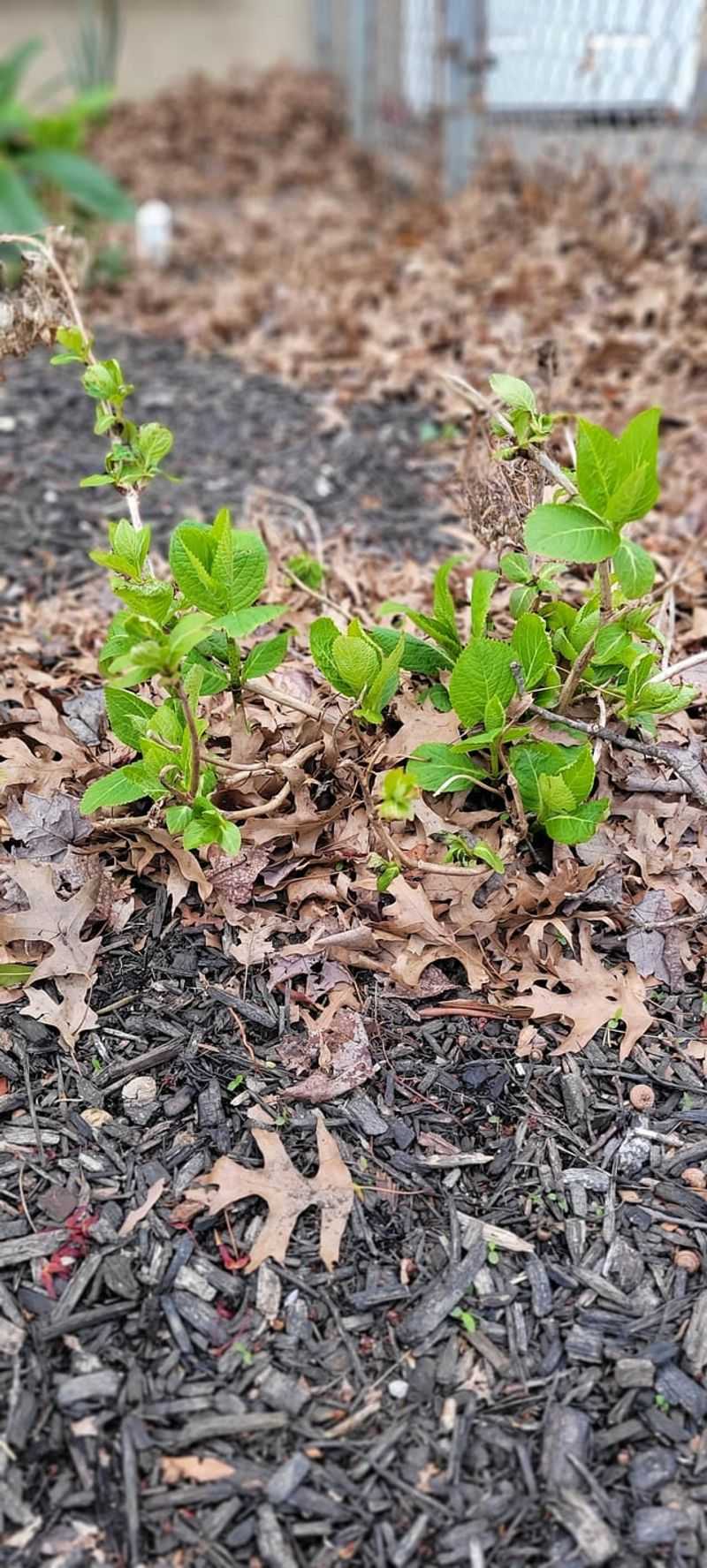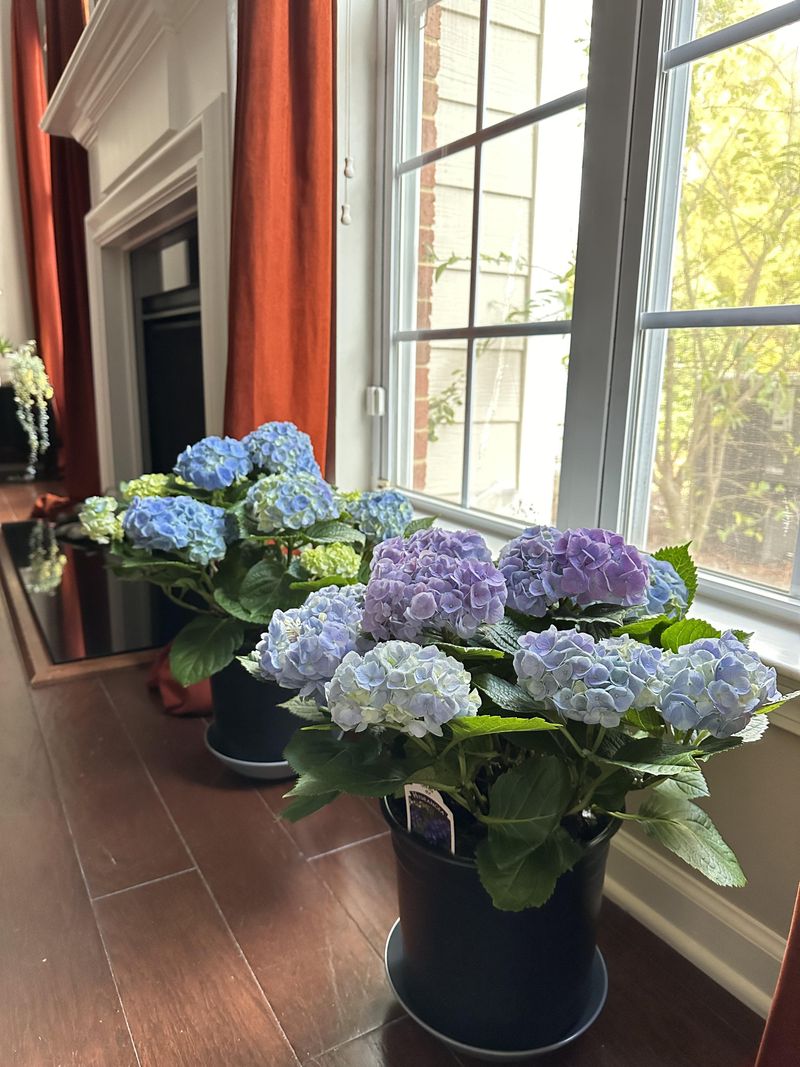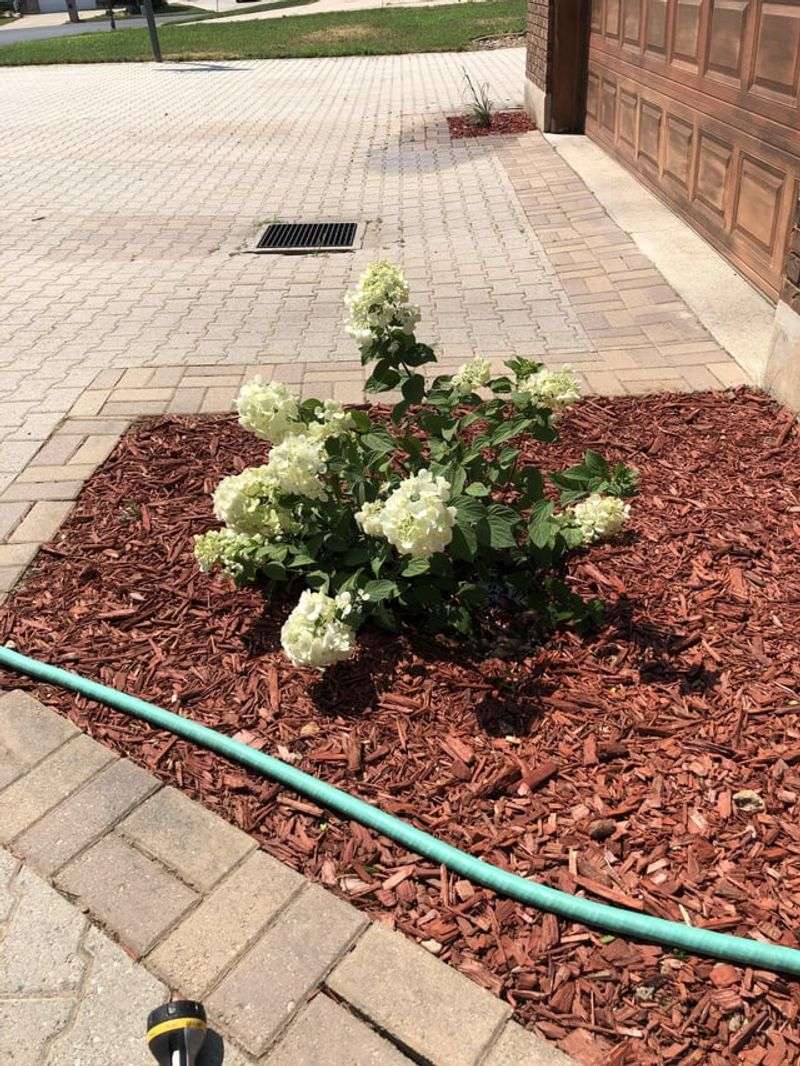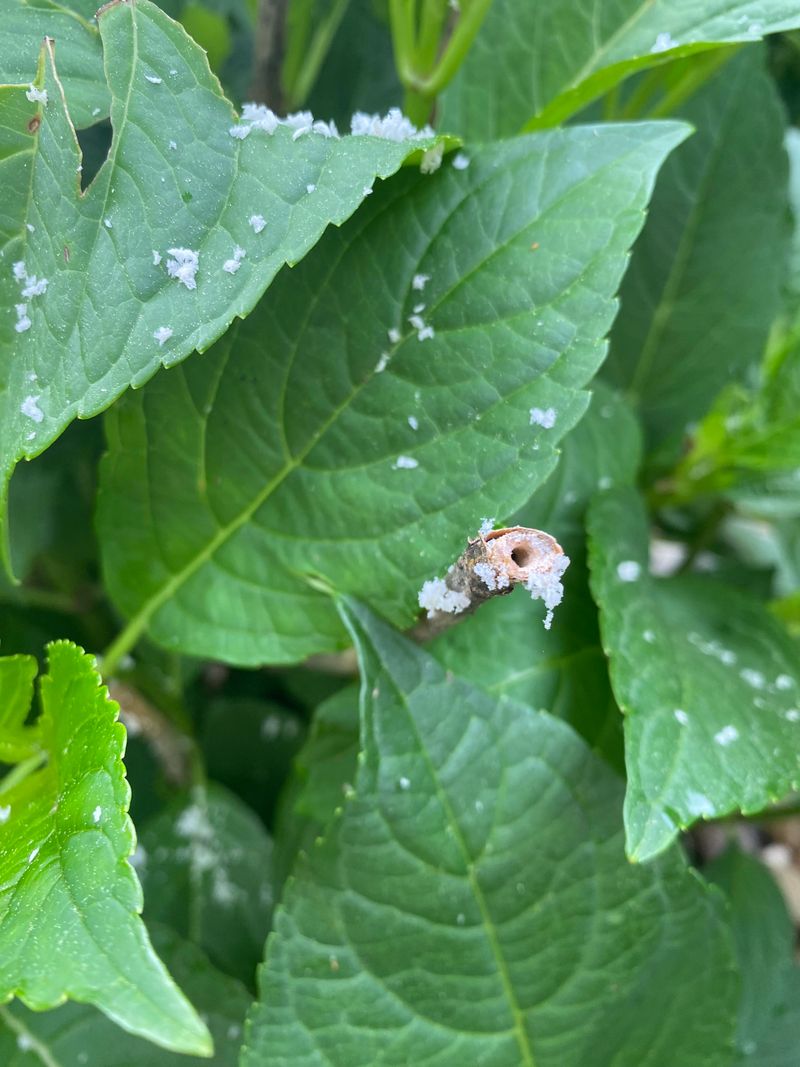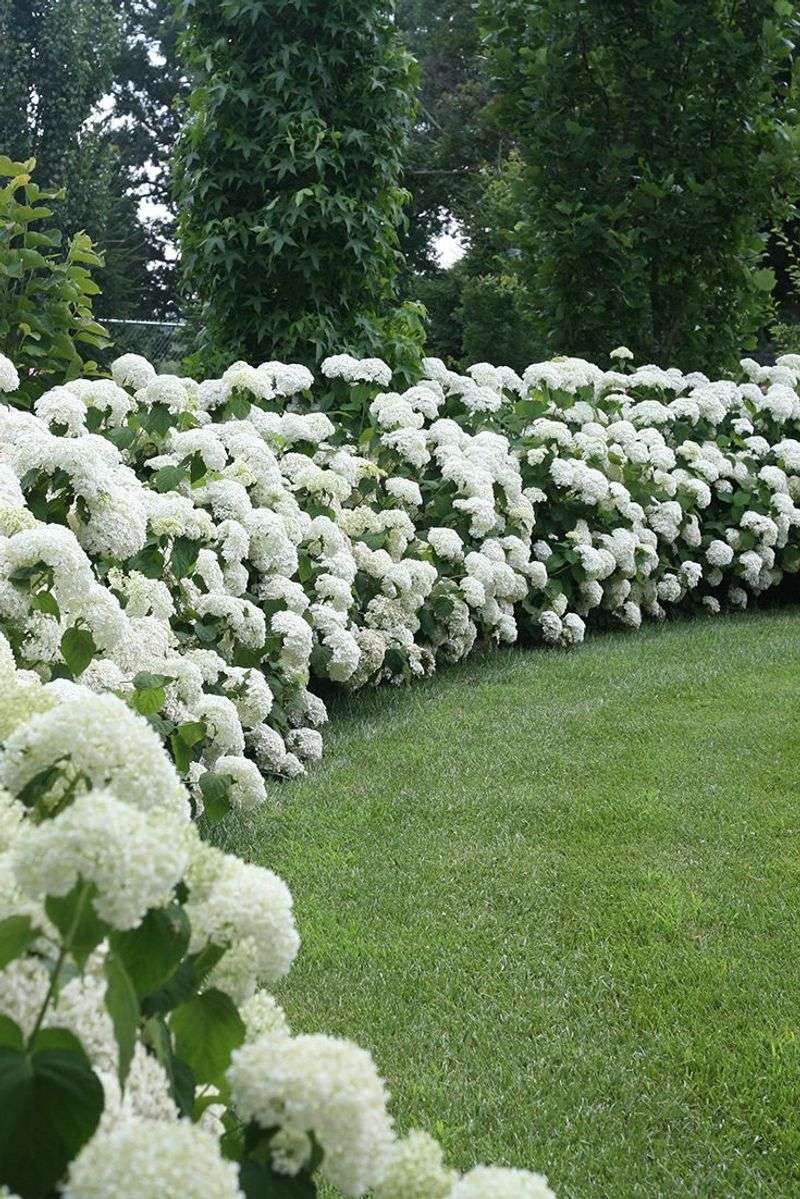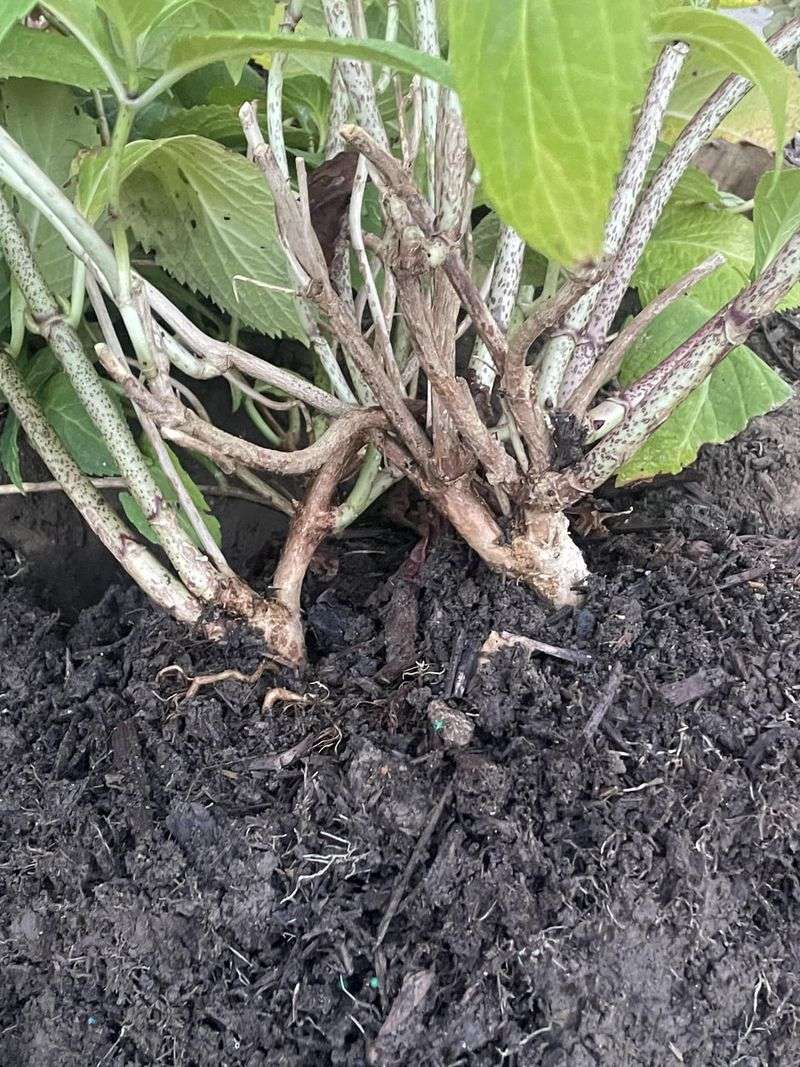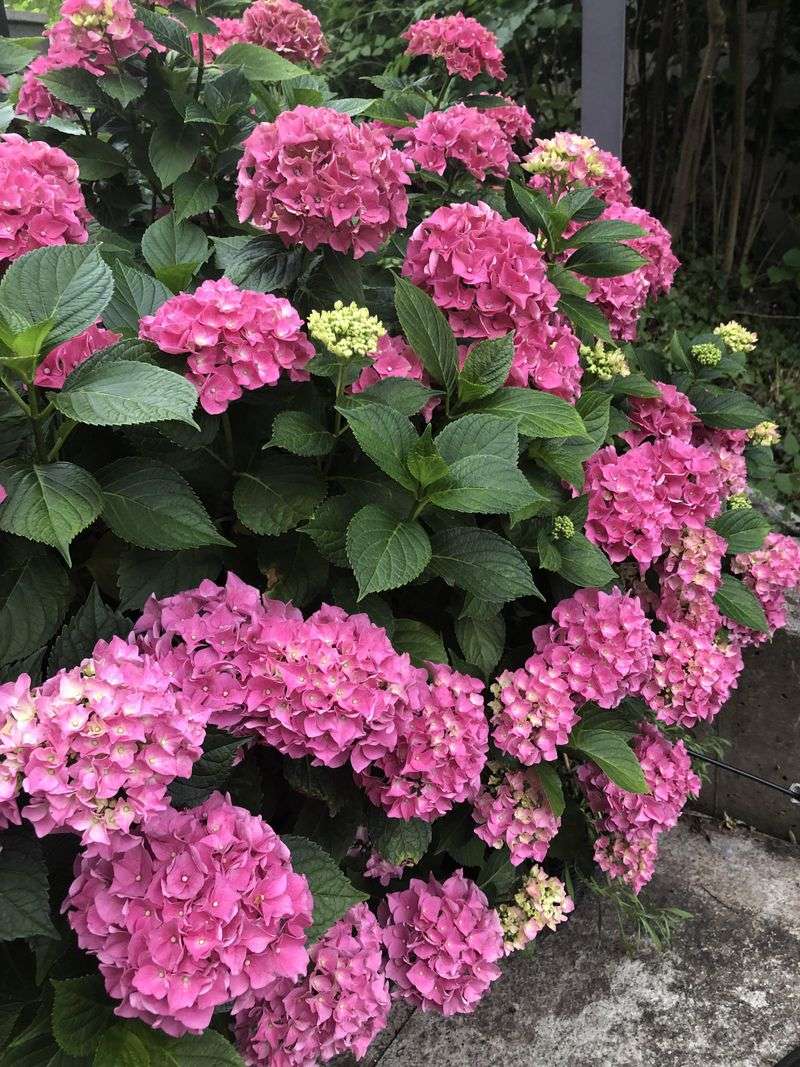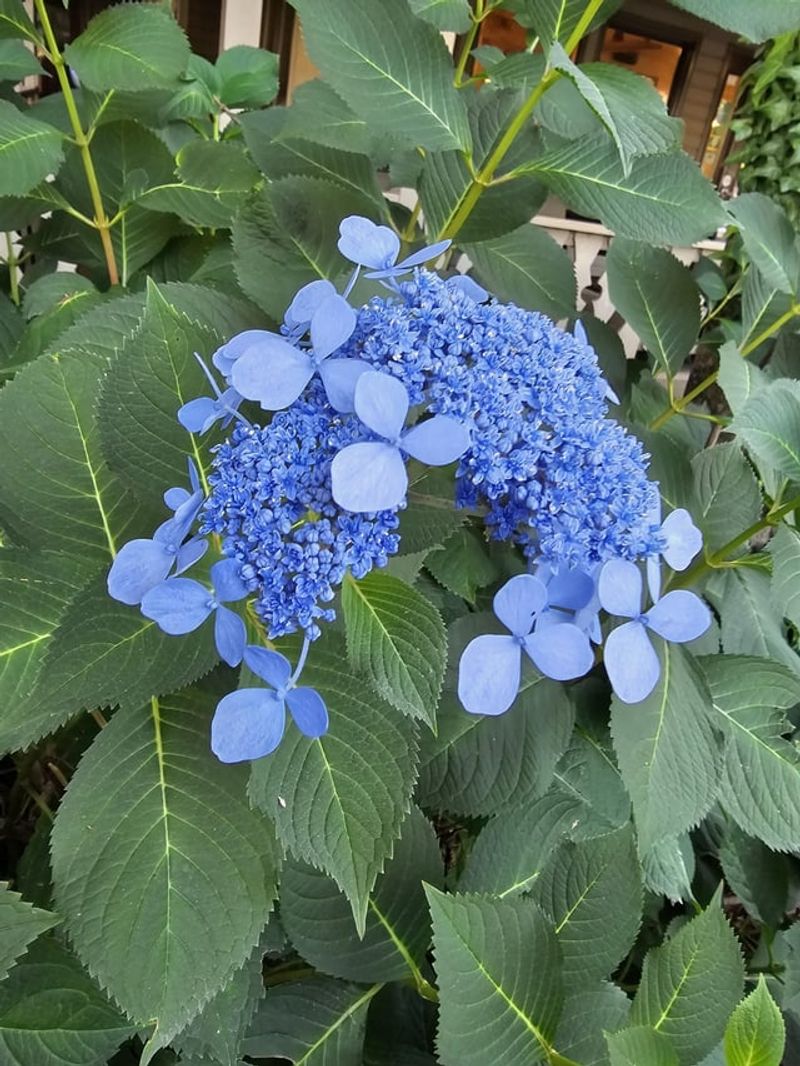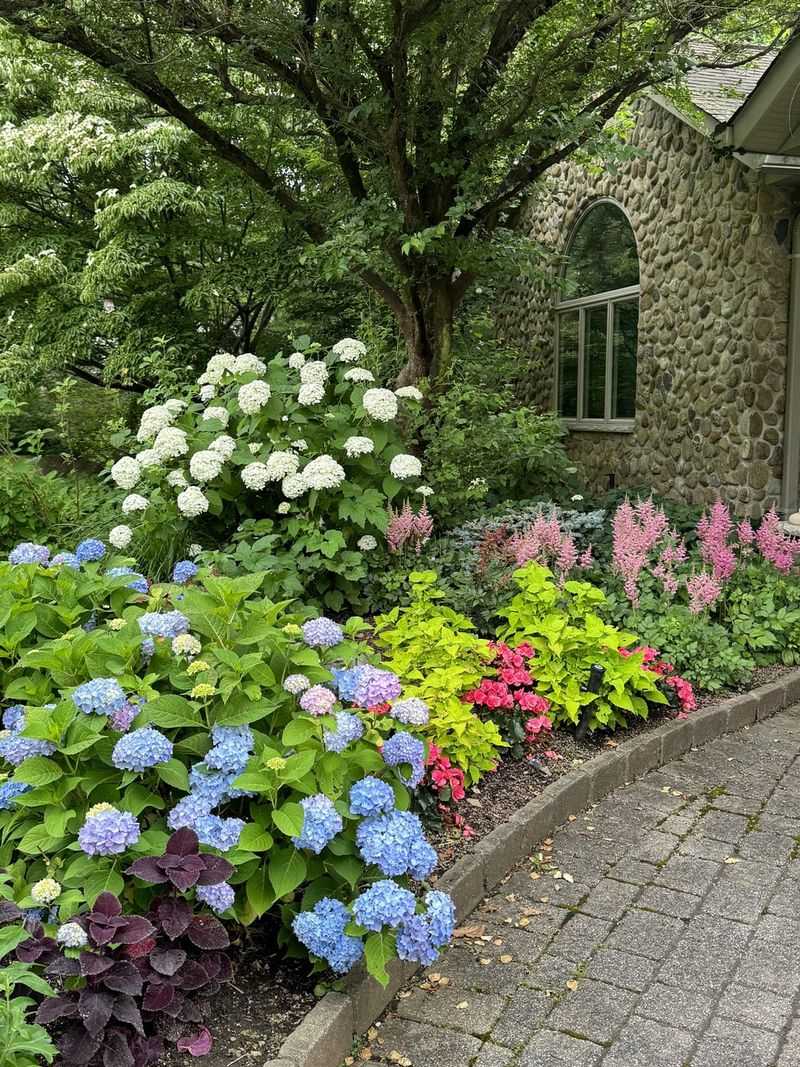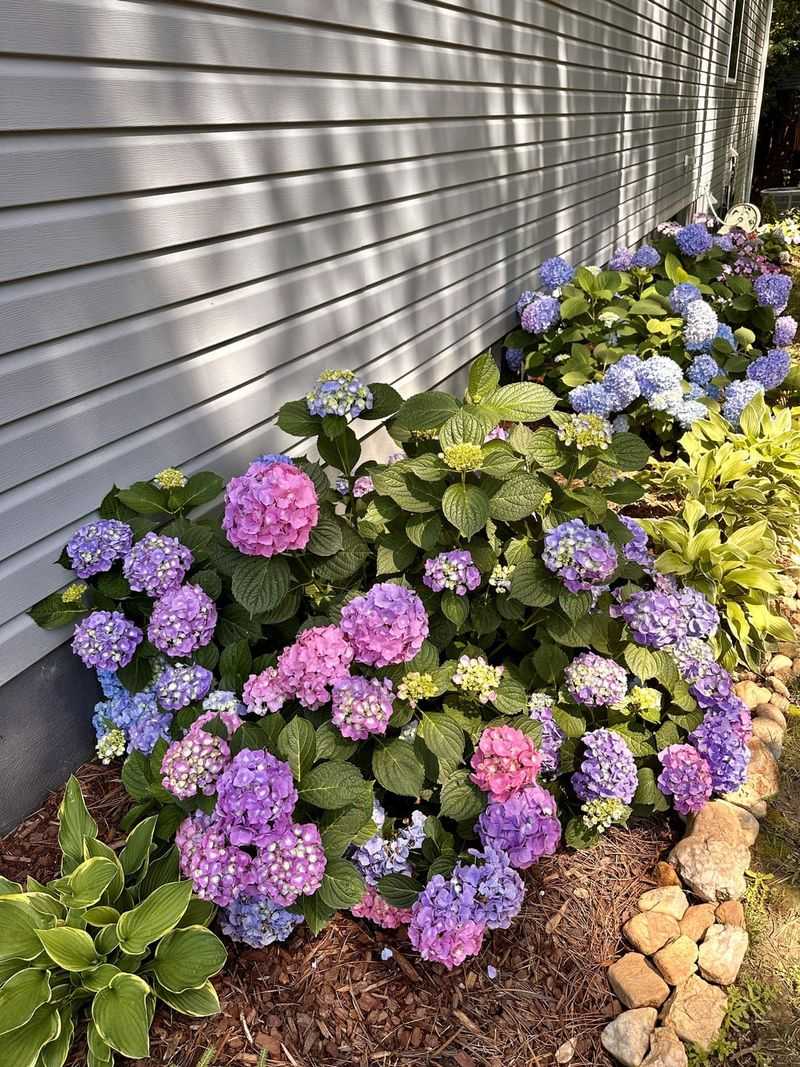Hydrangeas acting stubborn and refusing to bloom? I’ve been there—staring at a leafy bush all summer, waiting for flowers that never show up.
But don’t throw in the trowel just yet! There are a bunch of little tweaks and tricks that can turn things around. Here are 16 things worth trying before you call it quits on those bloomless beauties.
1. Check the Soil pH
It’s time to get a bit scientific, but don’t worry—we’re not talking rocket science! Hydrangeas are quite picky about their soil pH levels.
Too acidic or too alkaline, and they might just hold back on blooming. Grab a soil pH test kit from your local garden center and see where your soil stands. If the pH isn’t right, you might need to adjust it with some garden lime or sulfur.
This little tweak could be the magic touch your hydrangeas need to finally burst into bloom. And hey, it’s a great excuse to play in the dirt!
2. Prune Properly
Pruning hydrangeas properly is like giving them a much-needed haircut—it can make all the difference! Different types of hydrangeas need different pruning approaches.
Some bloom on old wood, some on new, and some on both. Knowing what type of hydrangeas you have will guide your pruning game.
Avoid snipping off the buds that will become next year’s flowers. Instead, trim just enough to encourage healthy growth without sacrificing potential blooms.
3. Ensure Adequate Sunlight
Sunlight can be a make-or-break factor for hydrangeas. While they love morning sun, afternoon shade is their preference to avoid wilting.
If they’re not getting the right amount of light, it might be time to relocate them or trim back overhanging branches blocking their sunbath.
You might be surprised how a little more sun can encourage those blooms to show their faces. Finding that sweet spot where they get just enough is key, and adjusting their sun exposure could be just what the hydrangeas ordered!
4. Water Wisely
Watering hydrangeas is an art form all its own. Too much or too little, and those blooms might just stay hidden.
Hydrangeas need consistent moisture, especially during the growing season, but don’t let them sit in soggy soil. Aim for a balance by watering deeply but infrequently, allowing the top inch of soil to dry out between sessions.
Your plants will thank you with a burst of blossoms when they’re not stressed about water levels. Plus, it’s a lovely way to unwind in the garden with a watering can in hand.
5. Fertilize Smartly
Feeding your hydrangeas isn’t just about throwing down any old fertilizer—it’s about giving them the right nutrients at the right time.
Over-fertilizing, especially with high-nitrogen formulas, can lead to lush leaves but no flowers. Instead, opt for a balanced slow-release fertilizer early in the growing season.
This approach supports bloom development without overwhelming them. Your hydrangeas might just need a gentle nudge in the nutrient department to get those buds forming.
6. Protect from Frost
Hydrangeas and frost don’t mix well. If they’re exposed to late spring frosts, those delicate buds might not make it to bloom.
Keep an eye on the weather forecast and cover your plants with frost cloths or burlap when temperatures drop unexpectedly.
Giving them this extra protection during cold snaps could secure the blooms for the season. It’s a small effort with potentially big floral rewards. That extra blanket of warmth could be all they need to bloom courageously once the weather warms up.
7. Mulch for Moisture
Mulch isn’t just garden dressing—it’s a great moisture-retaining tool for hydrangeas. By applying a layer of organic mulch around the base of your plants, you can help keep the soil consistently moist, which is crucial for bloom development.
Mulch also suppresses weeds and regulates soil temperature. This cozy blanket for your hydrangeas can make a world of difference, especially during dry spells.
8. Check for Pests
Pesky pests can be silent culprits when blooms are missing. Check your hydrangeas for signs of aphids, spider mites, or other critters that might be munching away. These tiny guests can stress your plants and inhibit flower production.
If you spot any, consider using insecticidal soap or neem oil to gently encourage them to move along without harming your plants.
A pest-free environment could be just the ticket to getting those blooms to finally appear. It’s detective work that pays off in petals!
9. Avoid Overcrowding
Give your hydrangeas room to breathe! Overcrowding can stifle their growth and keep those blooms away. If they’re planted too closely, air circulation is hampered, and competition for nutrients can be fierce.
Consider thinning out nearby plants or re-spacing your hydrangeas to allow for better airflow and more room to flourish.
Your plants will appreciate the personal space, and you might just see a burst of blooms as a result. It’s as if they’re saying, ‘Thank you for the breathing room!’
10. Address Root Issues
Healthy roots mean happy hydrangeas. If the roots are compacted or suffering from rot, your plants might be too stressed to bloom. Check the root systems by gently lifting young plants from their pots or examining in-ground plants’ root zones.
If they’re in trouble, consider repotting or improving drainage. This behind-the-scenes work can make all the difference in encouraging those elusive flowers to finally appear.
11. Evaluate Plant Age
Sometimes patience is key. Young hydrangeas might not be ready to bloom until they’ve matured a bit. It can take a few years for some varieties to reach their flowering prime. Check the age of your plants and give them time to grow and gain strength.
If they’re still in their toddler phase, let them enjoy the process of growing up. With a little time, they’ll be flaunting those blooms proudly.
12. Improve Drainage
Soggy soil can spell doom for hydrangeas. These beauties prefer well-drained soil that neither drowns nor dries them out. If you suspect poor drainage is the issue, consider improving it with raised beds, trenches, or adding organic matter to the soil.
By enhancing drainage, your hydrangeas can focus on blooming rather than just surviving. It’s a fix that makes a world of difference, setting the stage for a bountiful display of blooms by giving those roots a breath of fresh air.
13. Explore Different Varieties
If your hydrangeas are stubborn bloomers, maybe they’re just not the right variety for your climate. Explore different types of hydrangeas that might be better suited to your region’s conditions.
By choosing the right variety, you might find that blooms come more naturally. It’s like matchmaking for your garden, ensuring the right plants are in the right place to thrive.
14. Add Companion Plants
Sometimes, hydrangeas need a little help from their friends. Companion planting can enhance the environment and encourage blooming. Consider adding plants like hostas or daylilies nearby to create a supportive ecosystem.
These companions can help with soil conditions and pest control, indirectly boosting your hydrangeas’ blooming potential.
It’s all about teamwork in the garden, and the right companions can make all the difference. Who knew a little plant friendship could be so beneficial?
15. Seasonal Adjustments
Hydrangeas, like people, need different care throughout the seasons. Adjust your maintenance routines with the changing weather to ensure they have everything they need year-round. Prune in late winter or early spring, and mulch before the first frost of autumn.
These adjustments help create an environment conducive to blooming. By anticipating their seasonal needs, you’re giving your hydrangeas a tailored care plan.
16. Experiment with Colors
Hydrangeas offer a fun opportunity to play with flower colors. If your plants are blooming but not in the shade you desire, you can tweak the soil pH to influence color. Acidic soil produces blue blooms, while alkaline soil results in pink.
Experiment with soil amendments to achieve your desired palette. This playful approach to gardening can refresh the entire look of your garden.
Who knew gardening could be as creative as painting? It brings a whole new dimension to growing these charming blooms.

